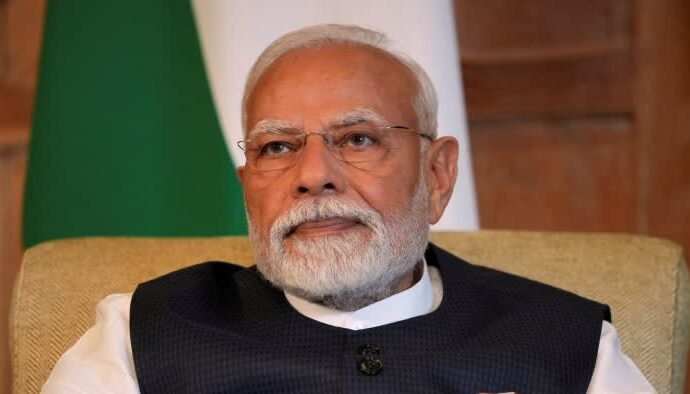Stay informed with free updates
Simply sign up to the Chinese economy myFT Digest — delivered directly to your inbox.
Two of China’s benchmark economic indicators slowed sharply in July as domestic and trade pressures fuelled concern over the health of the world’s second-largest economy.
Industrial output rose 5.7 per cent last month, official data from the National Bureau of Statistics showed on Friday, the slowest pace of growth since November and trailing June’s rate of 6.8 per cent. Retail sales added 3.7 per cent in the month, down from 4.8 per cent in June.
The gloomy data comes as a four-year slowdown in the housing market and the fallout from US President Donald Trump’s tariff war weigh on China’s economy, where leader Xi Jinping’s government is battling the threat of deflation and growing concerns about industrial overproduction.
New home prices across 70 major cities dropped 0.3 per cent on average last month, the NBS data on Friday showed, following a recent series of declines that has undercut hopes of a swift housing rebound.
Beijing in recent weeks has taken aim at “involution”, or excessive capacity across the country’s vast industrial and manufacturing landscape, which policymakers blame for stoking overproduction and falling prices.
Official data released last week showed consumer prices were flat year on year in July, while producer prices contracted 3.6 per cent.
“Consumption momentum is easing into mid-year,” said Yuhan Zhang, principal economist at The Conference Board’s China Center, pointing to “a combination of easing post-holiday demand, slow income growth and subdued sentiment”.
Authorities have sought to boost consumer spending, offering subsidies for new parents and trade-in schemes for household appliances.
A spokesperson for the NBS on Friday cited the impact of “extreme weather” in July, including high temperatures and flooding.
Ting Lu, chief China economist at Nomura, said the property sector weakness was “the main culprit” for China’s deflationary pressures and suggested the anti-involution campaign “may not successfully reflate the economy” on its own.
He pointed to the prospect of demand shocks, low expectations of “mega stimulus programs” and “limited room to curb government investment funds”.
The property market, a crucial source of economic activity and household wealth, has proven resistant to government efforts to restore confidence. Policymakers have rolled out efforts including mortgage rate cuts, a pledge to convert unused apartments into social housing and the removal of restrictions on purchases.
Property investment is now down 12 per cent over the first seven months of the year. Separate data from the People’s Bank of China on Thursday showed an unexpected fall in overall new loans.
Fixed asset investment from January to July was up 1.6 per cent against the same period a year earlier, missing analyst expectations and down sharply from a 2.8 per cent reading the previous month.
Zhang said that, despite the broad investment slowdown, some manufacturing sectors were expanding rapidly, especially automobiles, railways, shipbuilding, aerospace and other transport equipment.
He said this indicated that policy-backed, high-tech and strategic sectors — industries linked to what policymakers call “new quality productive forces” — were “still attracting substantial capital, even as overall investment momentum weakens”.
China has relied on exports to support growth in recent years, which have remained strong in recent months, adding 7.2 per cent in July.
The US and China agreed to a further 90-day pause in their trade war this week, but economists have warned over the risk of weaker trade in the second half of the year.
“Looking ahead, we see little reason to expect much of an economic recovery during the rest of this year,” noted Zichun Huang at Capital Economics, adding that export growth was “likely to remain under pressure” given the prospect of high tariffs and “duties on rerouted shipments rising”.
Authorities have set a full-year growth target of around 5 per cent for 2025, in line with last year. GDP added 5.2 per cent in the second quarter on a year earlier.
Additional reporting by Wang Xueqiao in Shanghai and Cheng Leng in Hong Kong. Data visualisation by Haohsiang Ko in Hong Kong


